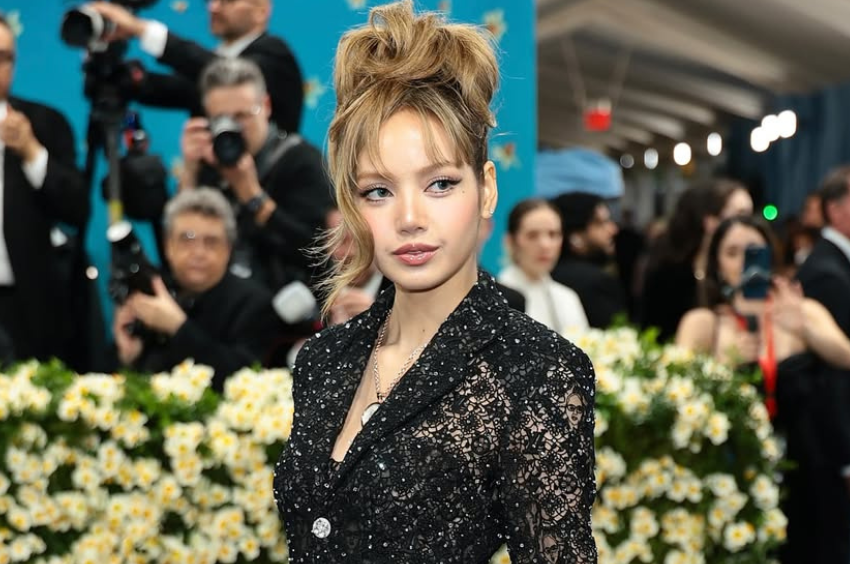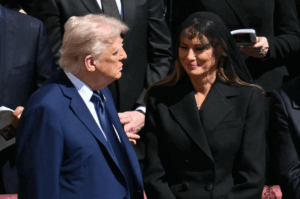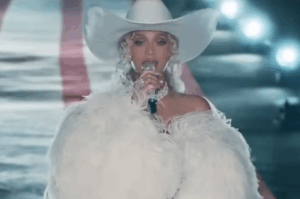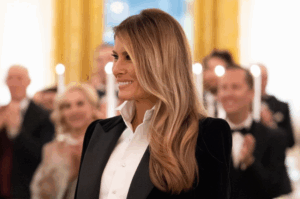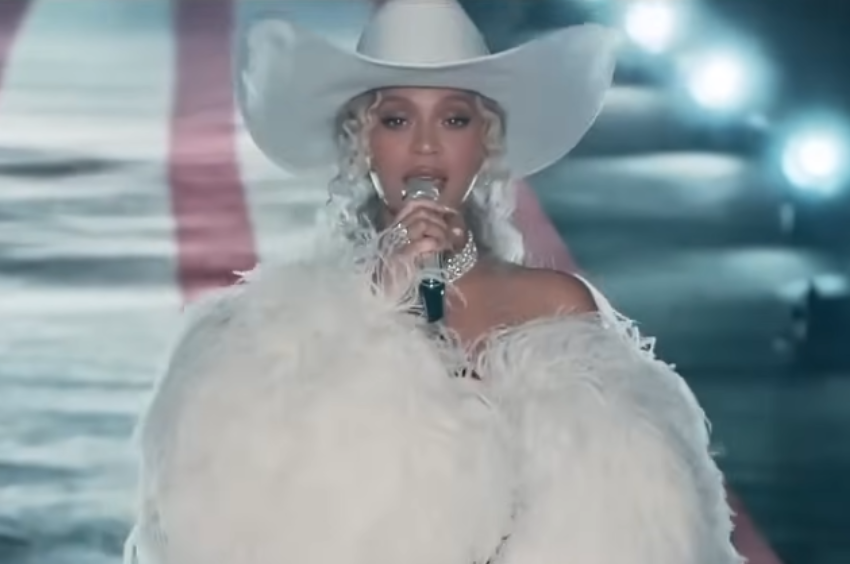Pop icon Lisa Manobal, best known as Lisa from the global K-pop sensation Blackpink, drew intense attention during this year’s Met Gala—not for baring too much skin, but for what some believe was a controversial choice in design details.
The singer and actress arrived at the high-profile event on May 5 in a bold, fashion-forward look crafted by Pharrell Williams, the men’s creative director at Louis Vuitton and one of the evening’s co-chairs. Her ensemble included a bedazzled black blazer, patterned tights, sky-high stilettos, and a daring bodysuit. But it wasn’t the silhouette that stirred debate—it was the pattern featured on her underwear.
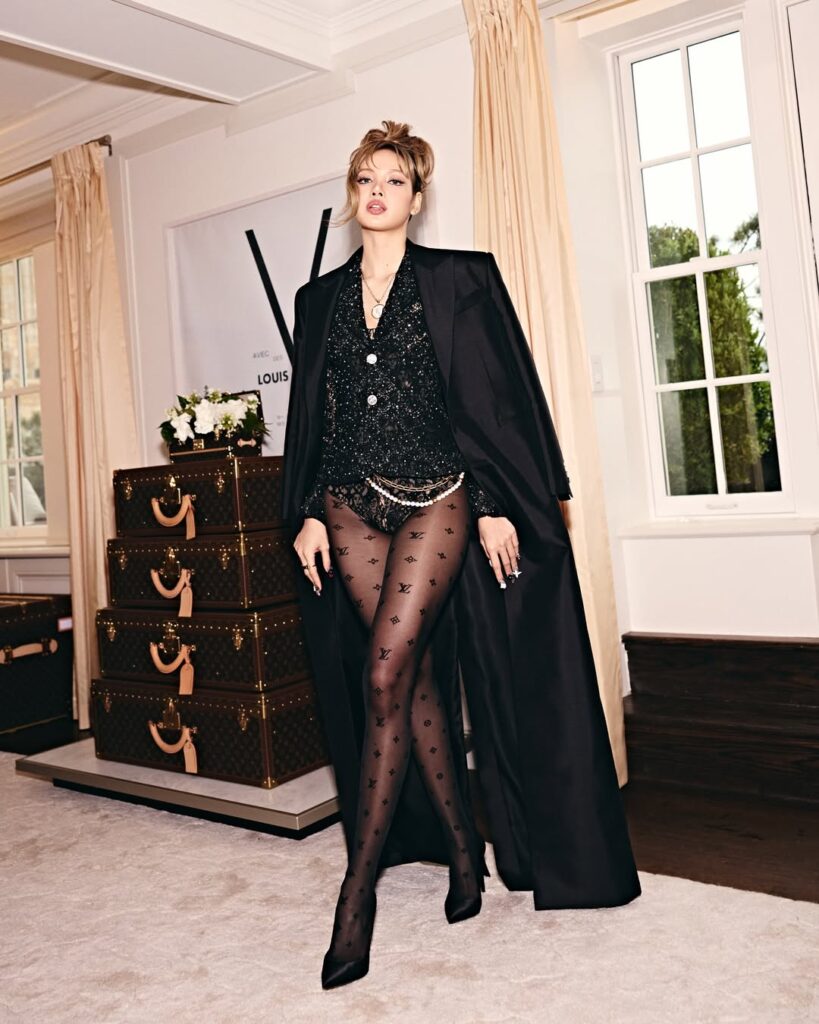
Sharp-eyed social media users zoomed in and began speculating that the design on Lisa’s Louis Vuitton undergarment appeared to include the face of none other than Rosa Parks, the legendary civil rights icon.
“Wait… is that Rosa Parks? Lisa, what’s going on?” one user on X (formerly Twitter) wrote, echoing a sentiment that quickly picked up steam online.
Another commenter expressed dismay: “The theme is about tailoring Black style. Why are civil rights leaders being used in this way?”
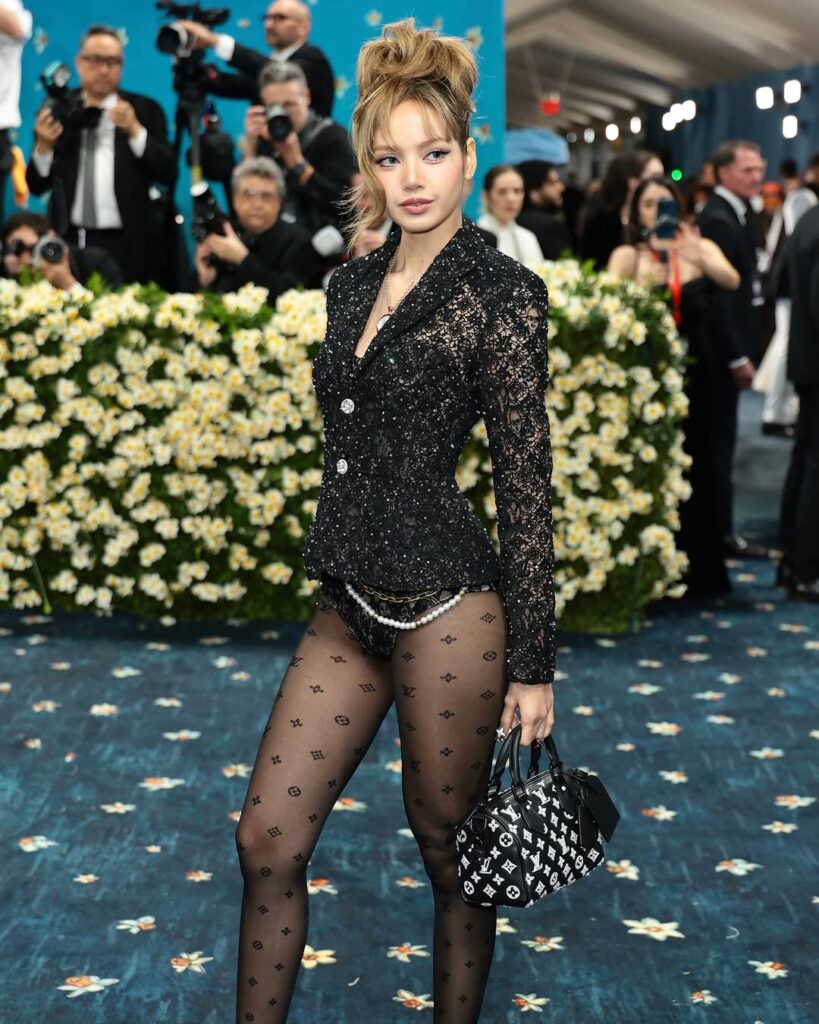
This year’s Met Gala carried the theme “Superfine: Tailoring Black Style,” inspired by Dr. Monica L. Miller’s 2009 book Slaves to Fashion, which explores Black dandyism and the expressive nature of Black fashion throughout history. The official dress code was “Tailored for You,” encouraging guests to interpret the theme through personal style narratives.
Despite the backlash, not everyone was convinced that the face depicted on Lisa’s outfit was actually Rosa Parks. One skeptical commenter wrote, “Not defending Lisa, but I really don’t think that’s Rosa Parks.”
For those who did believe the image represented the civil rights icon, many called the placement of the design “deeply disrespectful.” However, others argued that the interpretation of the theme might have been misunderstood.
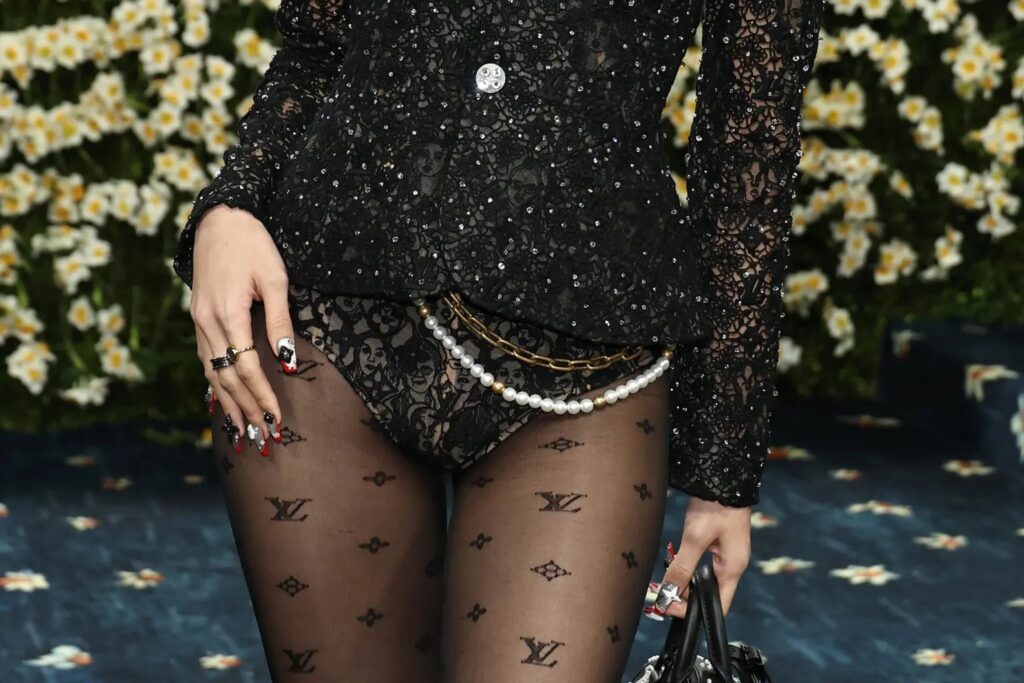
“Yes, Rosa Parks should be honored with the utmost respect. But this year’s theme was about reclaiming Black fashion and identity,” one user noted. “Blaming Lisa personally might miss the larger creative context. She likely followed artistic direction without intending any offense.”
Even her blazer sleeves appeared to contain lace details with small, faint facial portraits, adding to the complexity of the design.
Louis Vuitton responded to the mounting questions with a statement to The Cut, clarifying the origins of the artwork.
According to the fashion house, the pattern “replicates elements from an original piece by American artist Henry Taylor, whose work includes portraits of individuals who’ve shaped his personal life.”
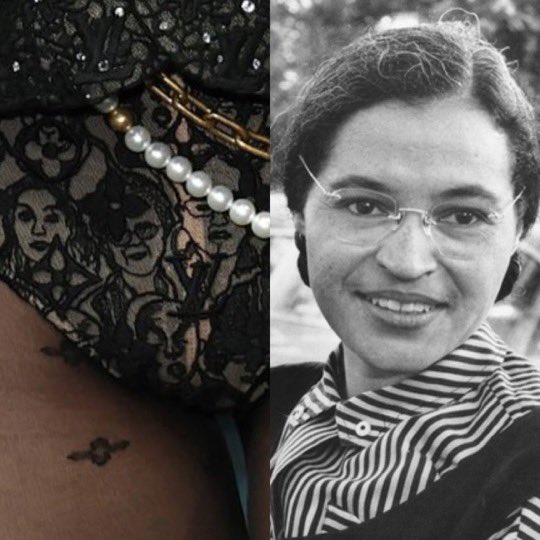
While it’s still unclear whether Rosa Parks was among those depicted, the controversy underscores just how closely viewers examine high fashion—especially when the subject matter ties into history and culture.
Lisa has not publicly commented on the design. But with the Met Gala continuing to blur lines between fashion, politics, and art, this won’t likely be the last moment that ignites a heated debate.

